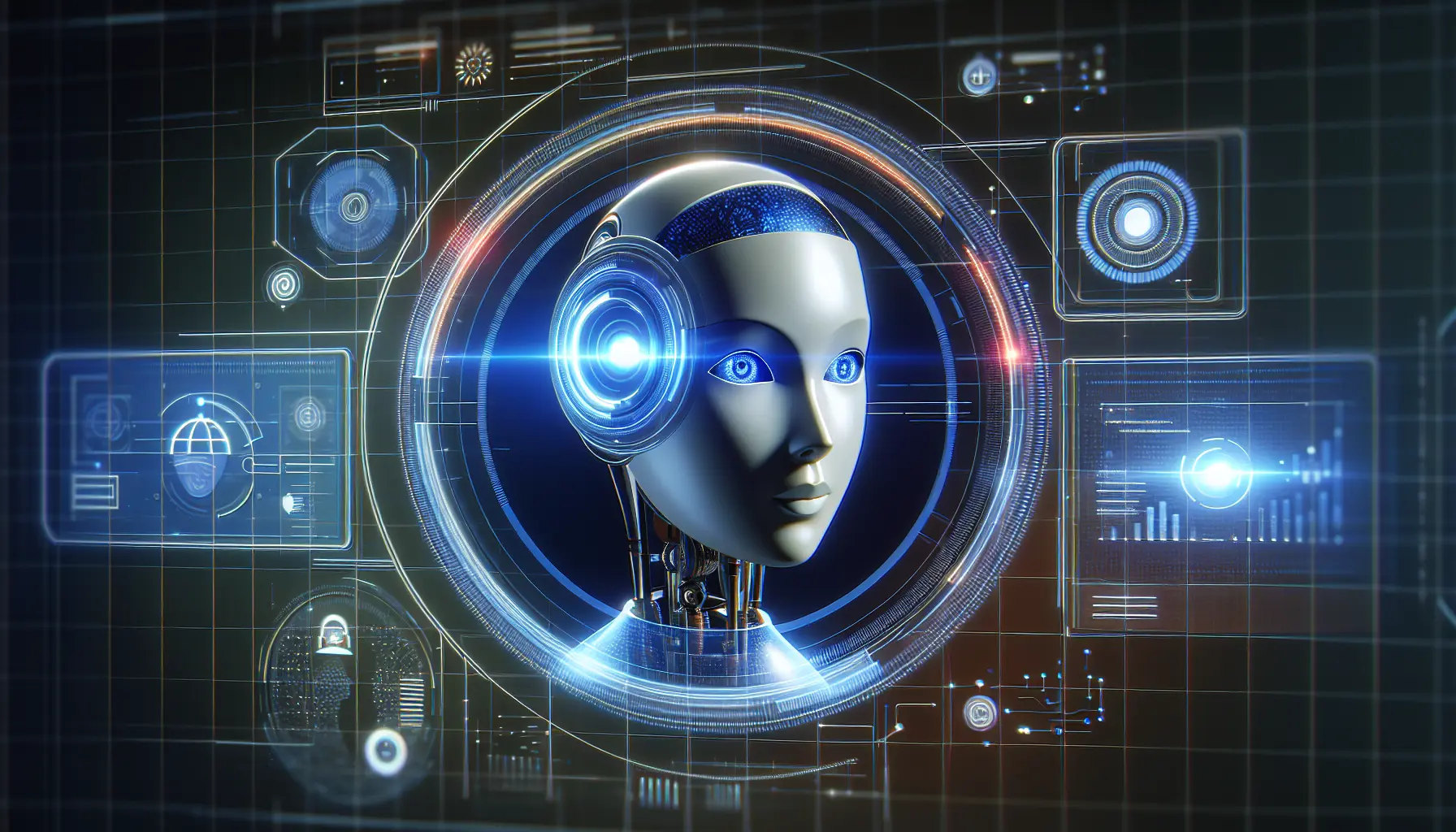
Estimated reading time: 8 minutes
Key Takeaways
- AI Chatbots: They automate customer interactions while providing a human-like experience.
- Learning Capability: Unlike traditional bots, AI chatbots learn from user interactions.
- Goal Setting: Clearly define what you want your chatbot to achieve before starting.
- Platform Selection: Choose a platform that fits your technical skill level.
- Continuous Improvement: Regularly update and optimize your chatbot based on user feedback.
Table of Contents
Getting Started with AI Chatbots
AI chatbots represent a powerful tool for businesses seeking to automate customer interactions while maintaining a personal touch. These intelligent software agents use natural language processing to communicate with users, creating seamless conversations that feel remarkably human-like.
Let's explore how you can build your own AI chatbot from scratch, even if you're starting with minimal technical knowledge. For more insights, visit this guide.
What Makes AI Chatbots Different?
AI chatbots go beyond simple rule-based responses. They learn from interactions, understand context, and adapt their responses based on user behavior. This intelligence enables them to:
- Respond to queries 24/7 without human intervention
- Process natural language and understand user intent
- Learn and improve from each interaction
- Handle multiple conversations simultaneously
- Collect valuable customer insights
For a detailed guide, check out this resource.
Setting Clear Goals for Your Chatbot
Before diving into development, identify exactly what you want your chatbot to achieve. Common objectives include:
- Automating customer support
- Qualifying sales leads
- Booking appointments
- Answering frequently asked questions
- Processing orders or payments
For more information, visit this guide.
Selecting Your Chatbot Building Platform
Several platforms make it possible to build chatbots with AI capabilities. Here are the top options:
For Beginners:
- ChatBot.com: User-friendly interface with drag-and-drop features
- ManyChat: Perfect for social media integration
- Intercom: Great for customer service applications
For Advanced Users:
- Dialogflow: Google's sophisticated NLP platform
- Microsoft Bot Framework: Enterprise-level development
- Botpress: Open-source platform with maximum flexibility
For a comprehensive guide, check this resource.
Step-by-Step Building Process
1. Initial Setup
Create an account on your chosen platform and start a new project. Define your chatbot's name and basic parameters.
2. Design Conversation Flows
Map out your chatbot's responses using these elements:
- Welcome messages
- Main menu options
- Response templates
- Error handling scenarios
3. Train Your AI Model
Provide example phrases and variations of how users might express their needs. Include:
- Common questions and requests
- Alternative phrasings
- Regional language variations
- Industry-specific terminology
For programming insights, visit this guide.
4. Implementation and Testing
- Test thoroughly with sample conversations
- Check all possible user paths
- Verify integration with your website or app
- Monitor early user interactions
For more testing strategies, refer to this resource.
Best Practices for Success
Follow these guidelines to create an effective AI chatbot:
- Keep conversations natural and concise
- Provide clear options for users
- Include escape routes to human support
- Regularly update your bot's knowledge base
- Monitor analytics for improvement opportunities
Advanced Features to Consider
Once your basic chatbot is running smoothly, consider adding:
- Multi-language support
- Voice recognition capabilities
- CRM system integration
- Payment processing
- Advanced analytics tracking
For more advanced learning, check this resource.
Measuring Success and Optimization
Track these key metrics to evaluate your chatbot's performance:
- User satisfaction rates
- Successful completion rates
- Average conversation duration
- Common drop-off points
- Conversion rates for business goals
Remember to continuously gather user feedback and make incremental improvements to your chatbot's performance. Regular updates and refinements will help ensure your AI chatbot remains effective and valuable to your users.
For further insights, visit this guide.
Frequently Asked Questions
What is an AI chatbot?
An AI chatbot is a software application that uses artificial intelligence to simulate human-like conversations with users.
How do I choose the right platform for building a chatbot?
Consider your technical skills, the features you need, and the level of support offered by the platform.
Can I integrate my chatbot with other applications?
Yes, many chatbot platforms offer integrations with popular applications and services.
What are the common challenges in building a chatbot?
Common challenges include understanding user intent, maintaining conversation context, and ensuring accurate responses.
How can I improve my chatbot's performance?
Regularly update your chatbot's knowledge base, analyze user interactions, and implement feedback for continuous improvement.









